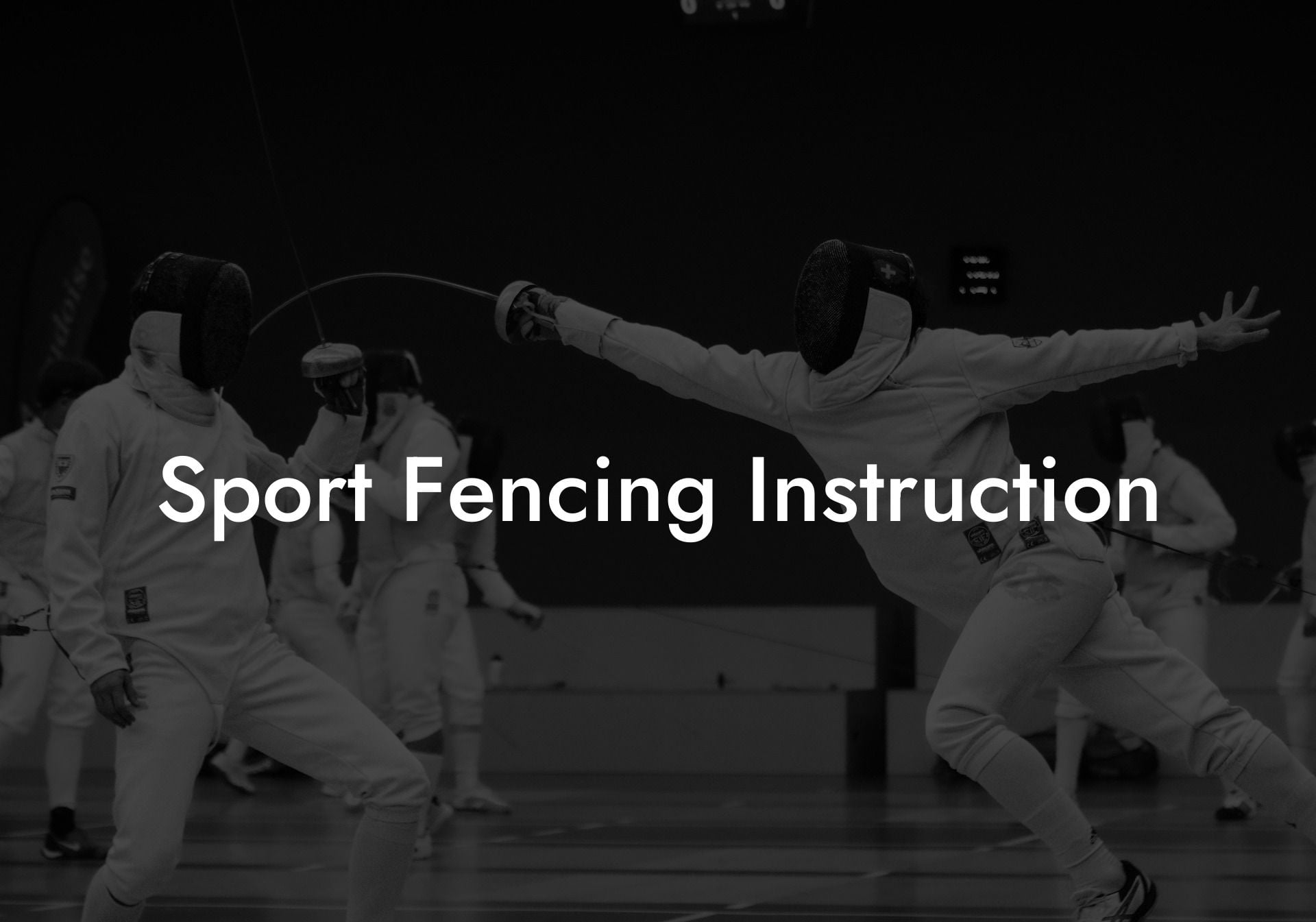Are you intrigued by the art of sport fencing and eager to learn more about it? If so, you've come to the right place! Anchorage Fencing Club is home to all things fencing, and in this article, we dive into sport fencing instruction, including the basics of the sport, its techniques, and how to get started. Let's embark on this exciting journey together and explore the fascinating world of sport fencing!
What is Fencing?
Fencing is a fast-paced and strategic combat sport that pits two opponents against each other. With roots dating back to ancient Egyptian and Mesopotamian civilizations, sport fencing has evolved over time and is now an Olympic sport consisting of three disciplines: épée, foil, and sabre. Each discipline has its unique set of rules and weapon characteristics.
The Disciplines of Fencing
- Épée: Épée (pronounced "Eh-pey") is a thrusting weapon with a rigid, triangular blade and large bell guard to protect the fencer's hand. The entire body is a valid target area, and points are awarded for hitting the opponent with the tip of the weapon.
- Foil: Foil is also a thrusting weapon, but it features a more flexible, rectangular blade and a smaller bell guard. In foil fencing, only the torso is a valid target area, and points are awarded for hits with the tip of the weapon. Additionally, foil fencing has the "right of way" rule, determining the athlete who receives the point if both fencers hit simultaneously.
- Sabre: Sabre differs from the other two disciplines in that it allows for both cuts and thrusts, utilizing the entire blade. The target area for sabre is everything above the waist, excluding the hands. Like foil, sabre fencing also follows the "right of way" rule.
Basic Fencing Techniques
Stance and Footwork
Every fencer must learn the proper stance and footwork to ensure balance, agility, and speed. Some primary footwork techniques include:
- En garde: The starting position for all fencers, with the weapon hand extended and feet positioned in an L-shape.
- Advance: A forward movement by stepping with the front foot followed by the back foot.
- Retreat: A backward movement by stepping with the back foot followed by the front foot.
- Lunge: A quick and powerful attack by extending your front leg and maintaining balance with your back leg.
Attacks and Defensive Techniques
Some essential attack and defensive moves in fencing include:
- Thrust or Cut: An offensive action aimed at hitting the opponent's valid target area with the weapon's tip (épée and foil) or blade (sabre).
- Parry: A defensive movement used to deflect the opponent's attack away, leaving them momentarily exposed for a counter-attack.
- Riposte: An immediate counter-attack executed after a successful parry.
- Beat: A quick strike to the opponent's blade to gain the advantage and create an opening for an attack.
Sport Fencing Instruction Example:
Imagine a beginner foil fencing bout between two new fencers. Both athletes start in the en garde position and each advances towards the center. Fencer A attempts a lunge attack, but Fencer B parries the attack and follows with a riposte, striking Fencer A's torso. Fencer B is awarded a point due to successfully hitting the valid target area following a successful parry.
We hope you enjoyed exploring the fundamental aspects of sport fencing instruction, and that this guide has piqued your interest to dive deeper into the dynamic world of fencing. If you're eager to learn more, be sure to check out other articles and guides on Anchorage Fencing Club, and don't forget to share your newfound knowledge with fellow swordplay enthusiasts. All that's left now is to pick up your weapon of choice, find a local fencing club, and begin your journey into the thrilling and rewarding sport that is fencing.













